WASHINGTON (AP) — The black church has long been the cornerstone and sanctuary for African-American life. It’s also long been a target for racists and white supremacists trying to strike blows against the African-American psyche.
The latest attack came last Wednesday in Charleston, South Carolina, when 21-year-old Dylann Storm Roof joined a prayer meeting inside historic Emanuel African Methodist Episcopal Church and, according to authorities, shot nine people dead, including the pastor, the Rev. Clementa Pinckney, and other ministers.
Why Roof targeted that particular church is not yet known. A friend of the suspect said Roof told him that he felt black people were “taking over the world” and that something needed to be done for the white race.
What is clear is that in the days since the carnage inside one of the nation’s oldest black churches, other black churches have begun gathering their faithful to process the tragedy, fortify themselves for the journey toward forgiveness and renew their commitments to the social activism that has made them targets for hate through the ages.
“Notions of freedom, notions of hope, notions of leadership, notions of education, notions of how one creates a strategy to counter a strategy of oppression came out of the black church,” said Rex Ellis, associate director for curatorial affairs at the Smithsonian National Museum of African American History and Culture.
At historic Metropolitan AME Church in the nation’s capital, a multiracial, interfaith crowd gathered Friday to remember the Charleston victims. Metropolitan’s pastor, the Rev. William H. Lamar IV, led the public vigil at the church, which was founded in 1838 and is the oldest continuously held black-owned institution in the District of Columbia.
Large photos of each victim were raised during the service. Those in attendance, some wiping away tears, listened intently as the Rev. Tony Lee, a pastor at Community of Hope AME Church in the Maryland suburbs, encouraged his audience not to feel defeated by what happened in Charleston.
“Sometimes, it takes great pain to bring great healing,” Lee said. A handful of people rose in jubilation.
The African-American church has been around since at least the late 1700s, providing a place where weary slaves could go for comfort, and fiery abolitionists and civil rights activists could call for change. Emanuel was one of those churches.
The church was founded after Morris Brown, a free, black shoemaker and a Methodist, walked out of a predominantly white Methodist church in Charleston in 1816, an AME church website states. Another of Emanuel’s founders, Denmark Vesey, led a failed 1822 slave rebellion that drove the church underground.
After Vesey’s plot was reported, Vesey was hanged and the church was burned. The church was rebuilt, but in 1834 all black churches were banned and members worshipped “underground” until 1865, when Emanuel AME Church was formally reorganized.
Pinckney, a state senator in addition to Emanuel’s pastor, had been outspoken recently over the shooting of Walter Scott, the unarmed black man who was shot and killed by a white police officer in North Charleston, and the killings of African-American men by white police.
That advocacy, said Rev. Anthony Evans of the National Black Church Initiative, could be what drew Roof to Emanuel.
The shooter “wanted to strike a blow at the black community and what better way to do it than gunning down a man of God who also is a public official and also a pastor of a church,” Evans said.
During the post-Civil War era, attacks on black churches were common in the South as the Ku Klux Klan rose in power. The attacks accelerated in the 1960s, when black churches were bombed and targeted in shooting sprees because they were organizing hubs for the civil rights movement.
That culminated in the bombing of the 16th Street Baptist Church in Birmingham, Alabama, killing four girls: Addie Mae Collins, Carole Robertson, Denise McNair and Cynthia Wesley. The bombing became a powerful symbol of the depth of racial hatred in the South and helped build momentum for later laws, including the 1964 Civil Rights Act and the Voting Rights Act of 1965.
Three Ku Klux Klansmen were convicted in the bombing; one remains in prison.
A wave of black church burnings took place across the South in the 1990s. Three white men burned Springhill Freewill Baptist Church and Rocky Point Missionary Baptist Church in Mississippi on April 4, 1993, the 25th anniversary of the 1968 assassination of the Rev. Martin Luther King Jr.
The men later said they shouted racial epithets as they burned the churches. They pleaded guilty and were sentenced to at least three years in federal prison.
On Nov. 5, 2008, three white men burned down the predominantly black Macedonia Church of God in Christ in Springfield, Massachusetts. All three were sentenced to prison terms that ranged from four years to 14 years.
One of the men told investigators he “was angry that the country was going to have an African-American president and that ‘blacks and Puerto Ricans’ would now have more rights than whites.”

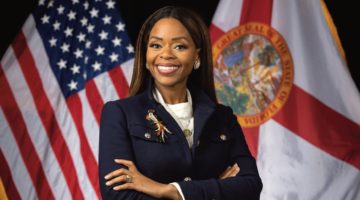
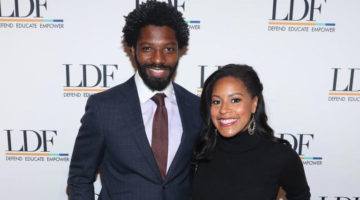



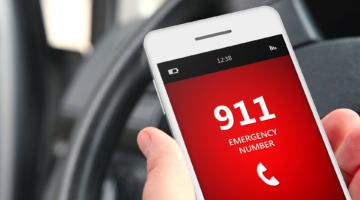


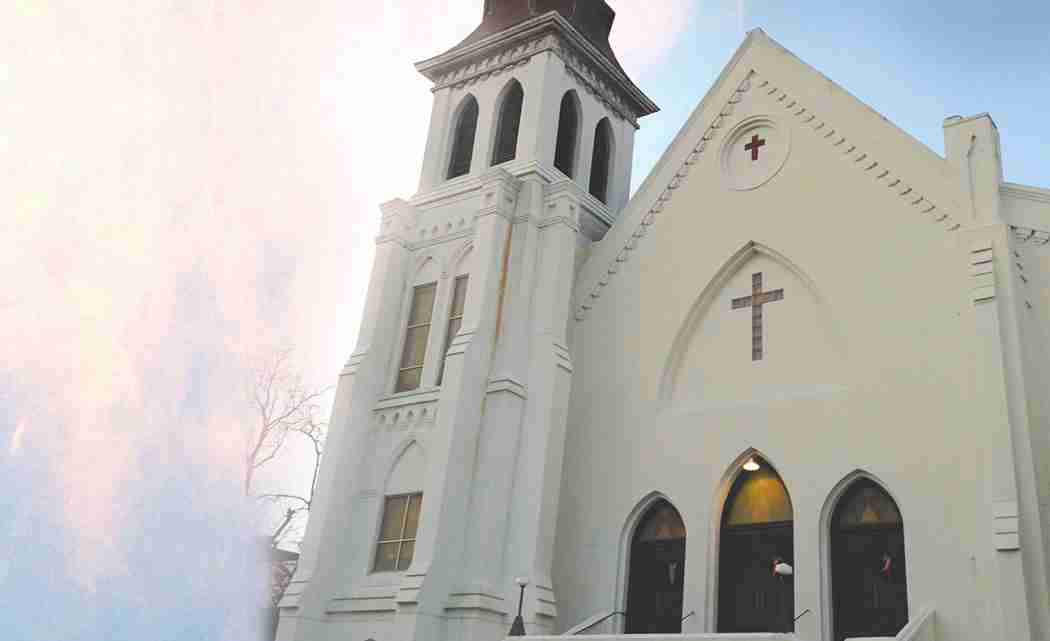
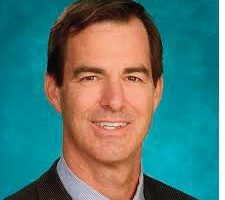
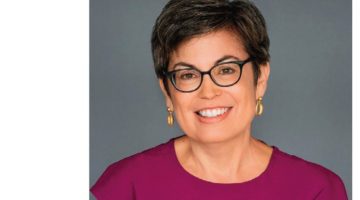
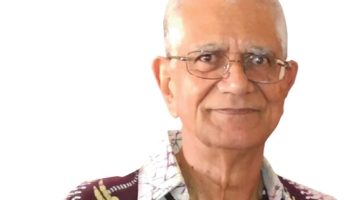
No Comment